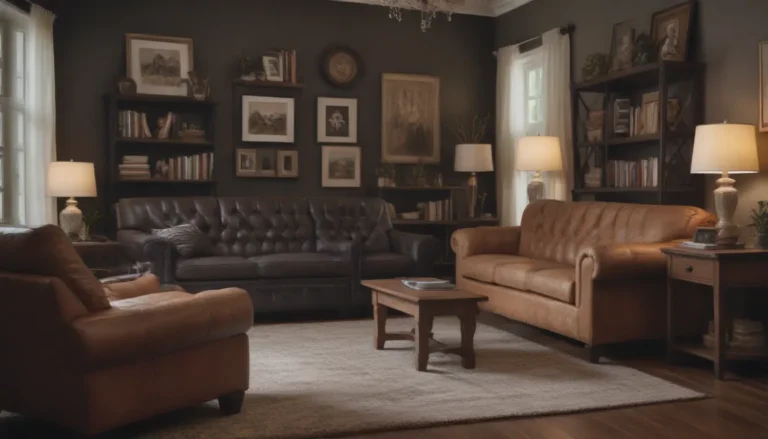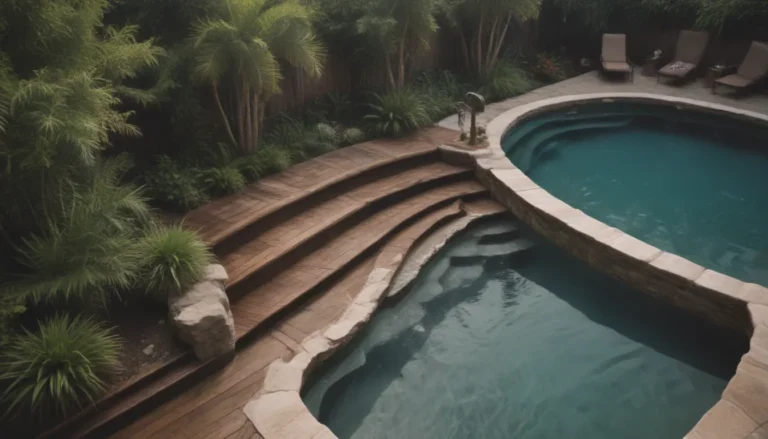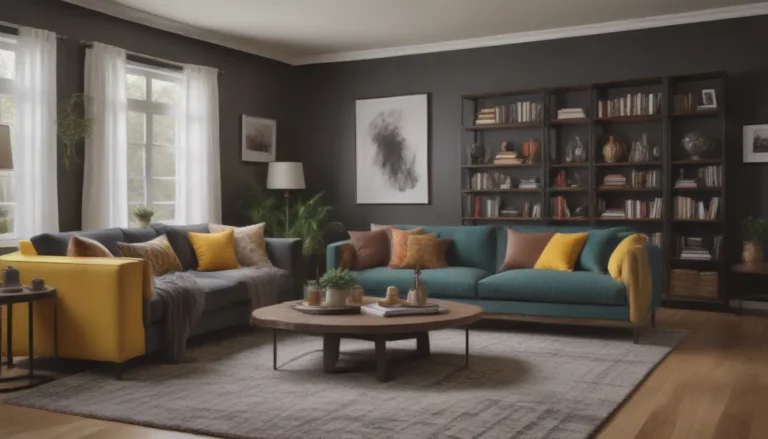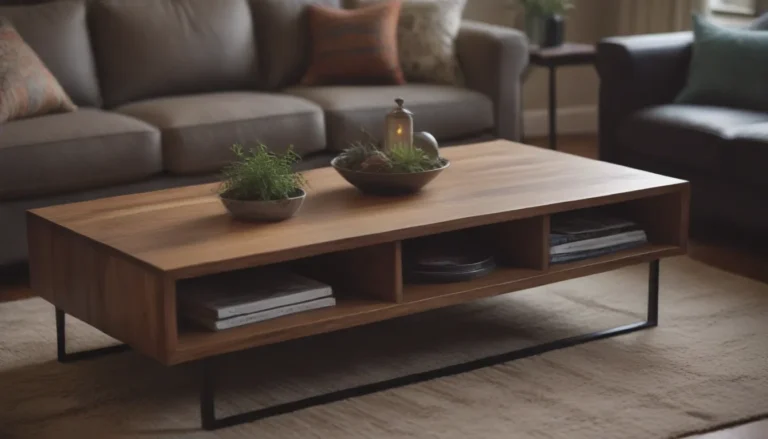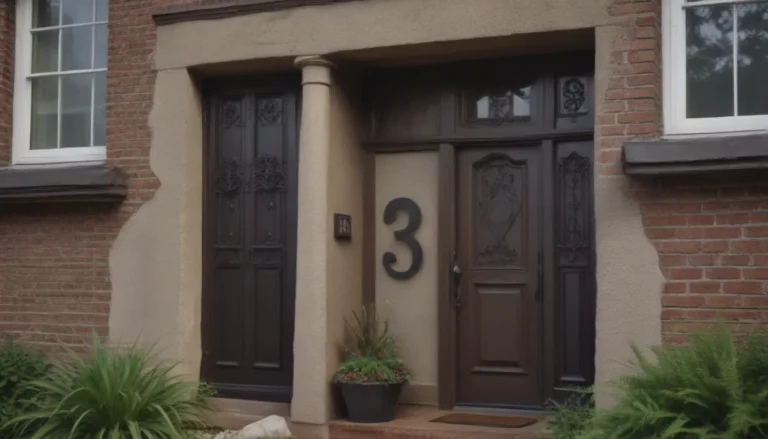How to Add Texture to Transform Your Space
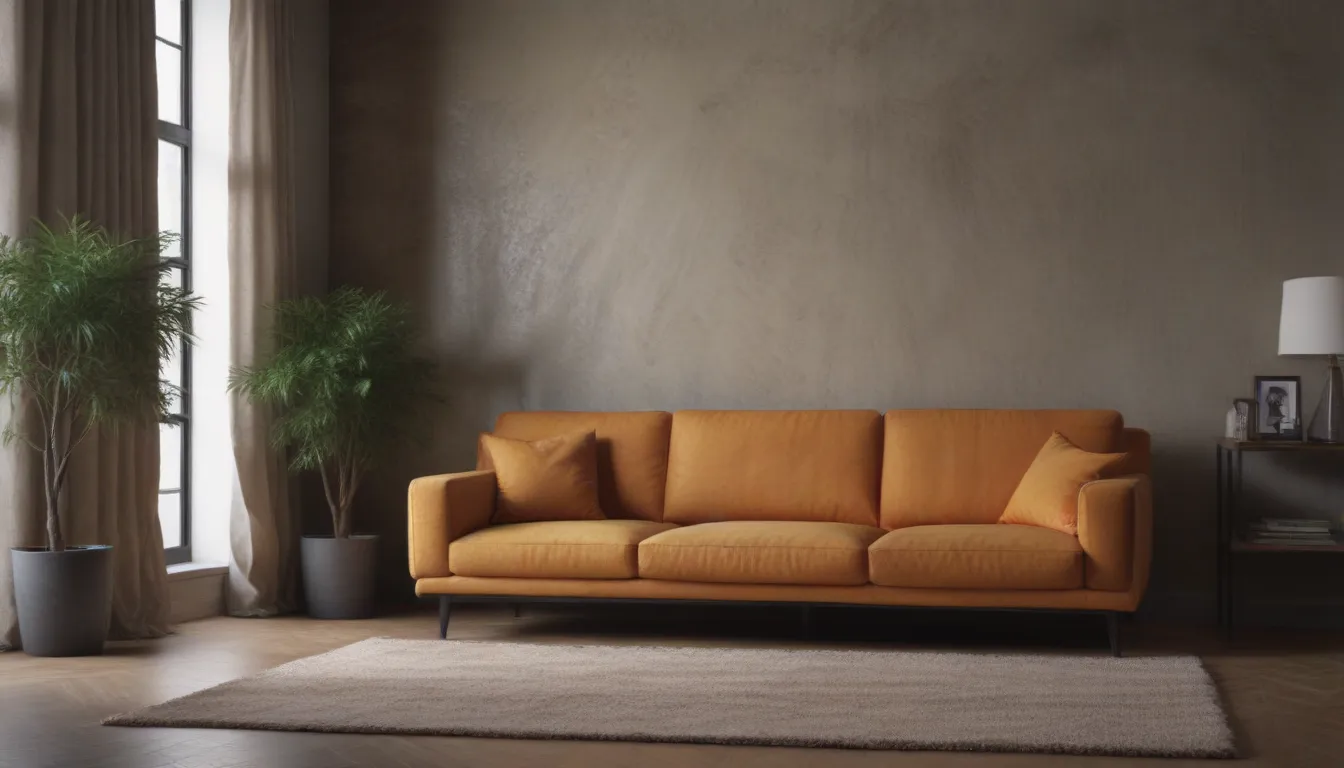
Are you tired of walking into a room in your home and feeling like something is missing? Maybe it feels a bit flat, uninviting, or just plain boring. Well, the solution might be simpler than you think. Interior designers rave about the importance of adding texture to a room to create visual interest and tactile variation. But what does texture really mean in the world of interior design, and how can you incorporate it into your decor to bring your space to life?
Understanding Texture in Interior Design
Texture in interior design refers to the use of furniture, textiles, objects, and finishes in a variety of materials that work together to add depth and dimension to a room. It’s like adding salt to a dish – a room without enough texture can feel unfinished and lackluster. Every element in a room presents an opportunity to incorporate texture, from flooring and wall finishes to furniture and decor pieces.
When it comes to dressing up a room with texture, interior designer Jenn Pablo of Jenn Pablo Studio emphasizes the importance of paying attention to details. She explains, “Texture is all about the details. Playing with heights, scale, and tactile features in fabric and finish choices can draw more interest to a space.”
Practical Ways to Add Texture
Mixed Textiles
One of the simplest ways to introduce texture to a room is by mixing different textiles. From rugs and window treatments to throw pillows and blankets, the possibilities are endless. Experiment with fabrics like leather, velvet, silk, bouclé, wool, cotton, and linen to create the feel you desire. For example, you can soften a leather armchair with a plush velvet throw pillow or create a cozy bed by combining linen sheets, faux fur pillows, and a chunky knit blanket.
Finishes and Materials
Move beyond traditional white walls and explore textured finishes such as textured wall panels or hand-applied plaster. Adding embossed wallpaper, matte cabinet pulls, textured tiles, or rustic features like hardwood floors can instantly add dimension to your space. By balancing original textures with modern elements, you can achieve a harmonious blend that enhances the overall aesthetic of your room.
Tonal Look
For a modern take on adding texture, consider sticking to a neutral color scheme. Instead of using one shade of white throughout, incorporate various hues like warm creams, beiges, and light grays. Mix and match textiles, materials, and accents to create visual interest within a monochromatic palette.
Color and Pattern
If you prefer a more vibrant look, experiment with blending patterns in a similar color palette to create texture. Mix and match stripes, polka dots, checks, plaid, florals, and more to add visual depth to your space. Vary finishes, materials, and shades within a monochromatic scheme to achieve a well-rounded texture.
Enhancing Texture with Art and Accessories
Wall Art
Interior designer Kate Lester of Kate Lester Interiors recommends using artwork to add texture to walls. Create a dynamic gallery wall featuring a mix of framed pieces, wallpaper, sketches, graphic art, and photography. By layering various types of wall art, you can achieve a curated and impactful look that elevates the texture of your space.
Mixing Old and New
To infuse your space with texture in an organic way, blend old and new elements. Incorporate vintage furniture pieces, antique mirrors, industrial lighting fixtures, and modern accents to create a cohesive and character-filled environment. Interior designer Patricia Sicat of AHG Interiors emphasizes the importance of focusing on textures when combining antiques and contemporary pieces. By allowing different textures to interact, you can create a balanced and inviting space that tells a story of curated design.
In conclusion, adding texture to a room is a simple yet powerful way to transform your space into a welcoming and visually stimulating environment. By incorporating a variety of textures through textiles, finishes, colors, patterns, art, and furniture, you can elevate the overall look and feel of your home. Experiment with different textures, mix old and new elements, and have fun creating a space that reflects your unique style and personality. Remember, texture is the key to making your room feel complete and inviting. So go ahead, spice up your space with texture and watch it come to life!
